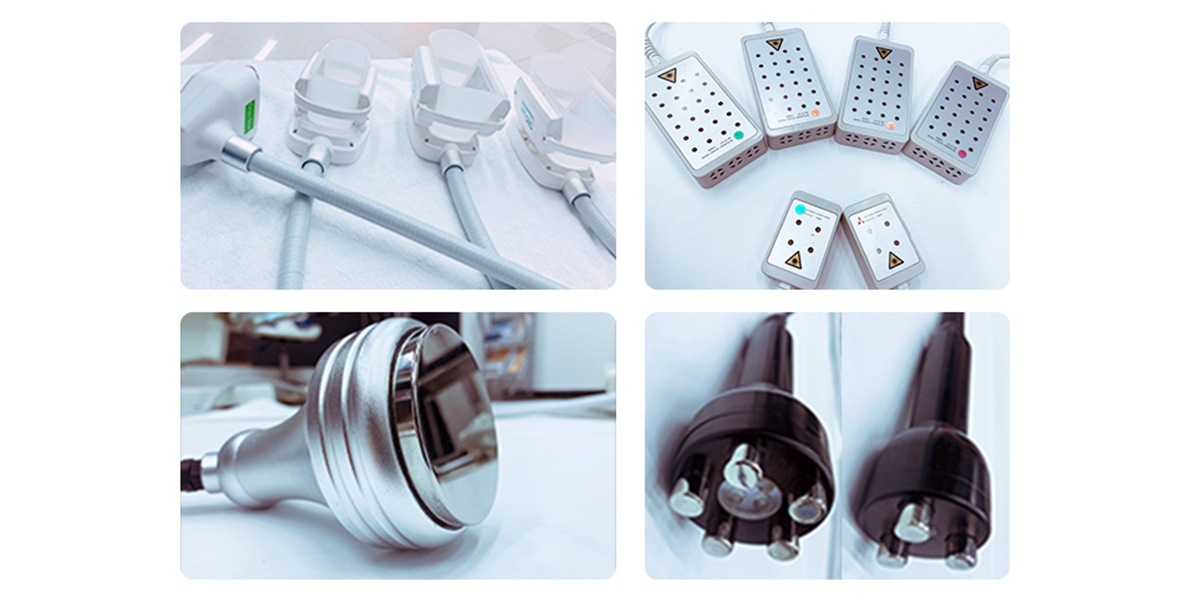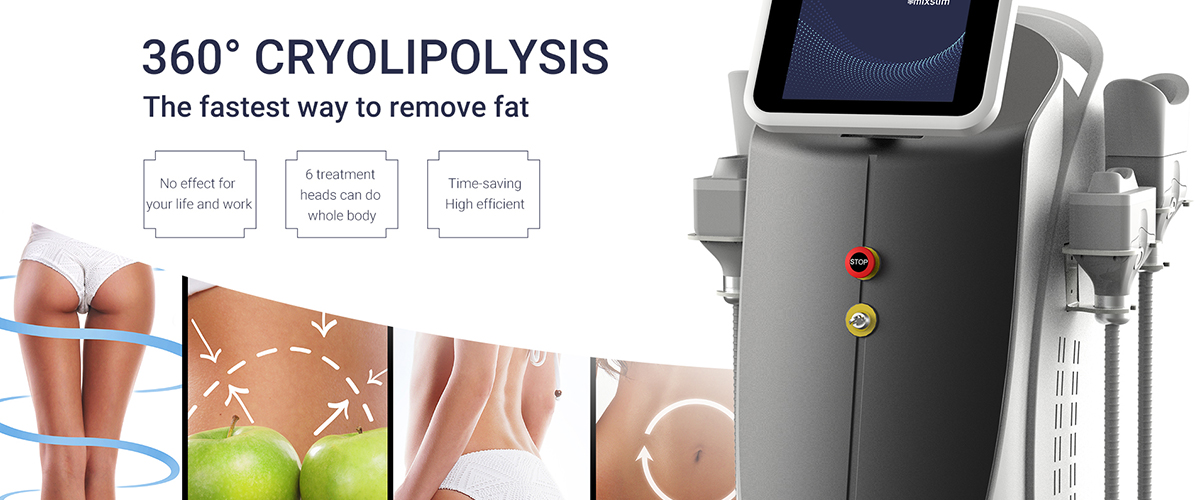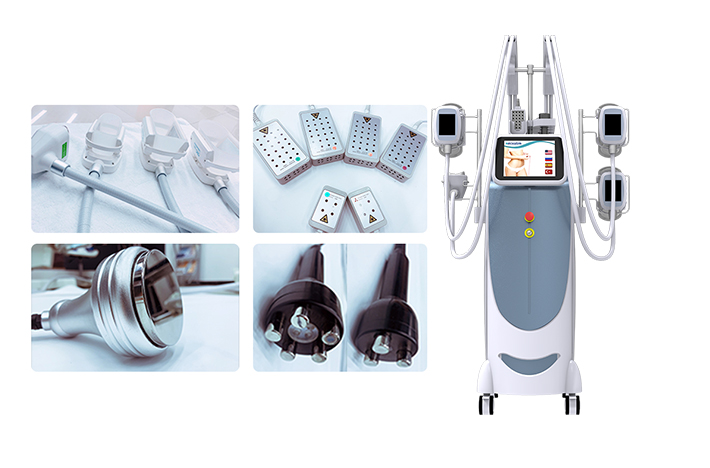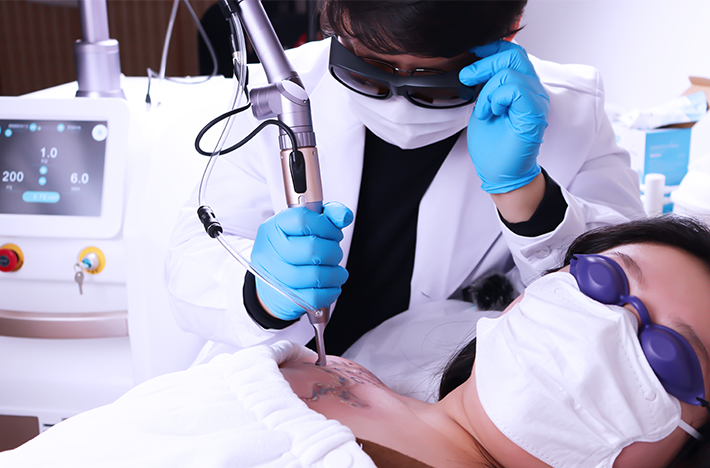The Science Behind Non-Invasive Body Contouring: Laser & Ultrasound Innovations
Laser-Assisted Fat Reduction: The Process Elucidated
Laser lipolysis, commonly referred to as “laser lipo,” uses focused light energy to target adipose tissue. Its principle depends on specific wavelengths (usually 1064 nm or 980 nm) penetrating the skin to disrupt fat cell membranes. This photothermal effect liquefies the lipids, which are then naturally metabolized through the lymphatic system. Unlike traditional methods, this method coagulates surrounding tissue, promoting collagen production and mild skin tightening.
Mechanism of Action:
Photobiomodulation: Low-intensity laser light stimulates mitochondrial activity and enhances adipocyte apoptosis.
Thermolysis: High-intensity beams of light produce controlled heat that melts fat deposits.
Clinical treatment involves placing an applicator on the skin to deliver energy in pulses or continuous waves. Patients often describe a warming sensation, and no anesthesia is required. Results are visible over weeks as the body processes the expelled lipids.
Clarifying the trio: Liposonix, surgical liposuction, and laser liposuction
Despite overlapping goals, these technologies diverge fundamentally:
Liposonix: utilizes high-intensity focused ultrasound (HIFU) to thermally destroy fat cells. Unlike laser methods, it works at deeper tissue layers and typically requires fewer sessions, but has a higher threshold for discomfort.
Surgical liposuction: Invasive fat suction via cannula, which can produce immediate results but carries risks such as scarring and a prolonged recovery period.
Laser liposuction: Nonsurgical, gradually metabolizes fat and has skin-tightening benefits.
Conclusion: Each method addresses different needs—laser for subtle contouring, Liposonix for deeper fat layers, liposuction for rapid, dramatic changes.
Ultrasonic Cavitation: Using Sound Waves to Break Down Fat
Ultrasonic cavitation uses low-frequency sound waves (20-40 kHz) to create tiny bubbles in adipose tissue. The implosion of these bubbles (inertial cavitation) creates shock waves that break up fat cell walls and release triglycerides. The liquefied fat is then metabolized and excreted by the liver.
Procedure Insights:
Treatments last 30-60 minutes and target areas such as the abdomen or thighs.
Hydration is required to promote lymphatic drainage, and results are visible after 6-12 treatments.
Safety Considerations: Contraindicated for people with liver/kidney problems, as processed fat must be effectively eliminated.
Synergistic Strategies: Combining Cavitation, Radio Frequency, and Laser
Integrated modalities often produce better results:
Radio Frequency (RF): Increases skin firmness by heating collagen fibers, replenishing fat loss.
Laser + Cavitation: While laser liquefies fat, cavitation helps disperse it, speeding up its removal.
Cryolipolysis: The Cutting Edge of Fat Reduction
Cryolipolysis, branded as CoolSculpting, freezes fat cells at -11°C, triggering apoptosis without damaging surrounding tissue. Over 2-4 months, dead cells are engulfed, providing gradual, natural results.
Advantages Over Peers:
Precision: Targets fat layers without affecting muscles/nerves.
Comfort: Minimal discomfort compared to heat therapy.
Durability: Fat cells are permanently eliminated, unlike temporary volume loss caused by cavitation.
Limitations: Less effective for those with sagging skin, where the firming effects of radiofrequency or laser are preferable.
Market Leader in Laser Fat Reduction
SculpSure: FDA-approved diode laser system for multiple areas, known for its 25-minute treatments.
Zerona: Low-Intensity Laser Therapy (LLLT), ideal for sensitive areas like the chin.
TruSculpt iD: Combines radiofrequency and laser to reduce volume and smooth cellulite.
Trend alert: Portable devices like the “i-Lipo” are bridging clinical and home use, albeit with reduced effectiveness.
Conclusion: Tailor your body-sculpting journey
Choosing laser, ultrasound, or cryolipolysis depends on personal goals, pain tolerance, and budget. For subtle body sculpting, combining radiofrequency with cavitation is a holistic approach, while cryolipolysis excels at permanently eliminating fat cells. As the market develops, smart decisions—coupled with realistic expectations—unlock the true potential of noninvasive body sculpting.







Leave a Reply
You must be logged in to post a comment.